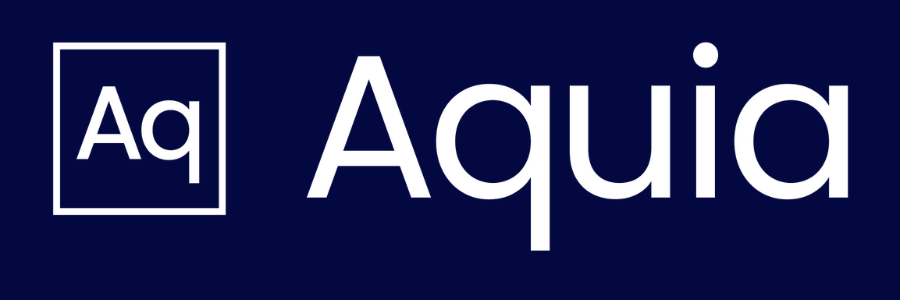Six Business-Critical Gaps Uncovered in AppOmni’s “The State of SaaS Security” Report
As organizations increasingly embrace cloud-based services, software as a service (SaaS) has emerged as a game-changer, revolutionizing how software is accessed, deployed, and scaled. However, safeguarding these tools has become a significant concern. The 2024 State of SaaS Security Report, produced by AppOmni, highlights several findings that illustrate six key gaps in SaaS security:
Decentralization and dispersed responsibilities
Adoption outpaces awareness
Lagging policy enforcement
Declining confidence in sanctioned apps
Post-deployment vigilance erodes
Confusion over optimal solutions
Read on for a more detailed analysis of each gap.
Background Information
Unlike traditional on-premise applications, SaaS applications are often managed outside of the direct control of an organization’s IT department, leading to a decentralized security environment. This shift has introduced a plethora of security risks, including data breaches, compliance issues, and vulnerabilities due to misconfigurations. The reality is that while SaaS applications provide critical business functionality, they also expand the attack surface, making organizations more vulnerable to cyber threats!
The 2024 State of SaaS Security Report, produced by AppOmni, dives deep into these issues, offering a detailed examination of the current state of SaaS security and the significant risks associated with the widespread adoption of these cloud-based applications.
AppOmni is one of many vendors at the forefront of addressing the security challenges presented by widespread SaaS usage, and their flagship offering, the SaaS security posture management (SSPM) platform, is specifically engineered to help businesses monitor, manage, and secure their SaaS applications continuously. My colleague David Galiata wrote a brief article on the benefits of using SSPM on our blog.
I work with SSPM tools daily at a major federal agency with a large SaaS inventory to address critical security issues such as misconfigurations, unauthorized access, and compliance violations (which are often overlooked in decentralized environments). The 2024 State of SaaS Security Report underscores the importance of SSPM as a critical component of SaaS governance.
The Six Key Gaps in SaaS Security
Decentralization and Dispersed Responsibilities: The report identifies a growing trend of decentralized SaaS security responsibilities, where business units independently adopt and manage SaaS applications without adequate oversight from central IT or security teams. This decentralization blurs the lines of accountability and responsibility, leading to significant security risks that are not adequately managed.
Adoption Outpaces Awareness: Another critical finding is the disconnect between the rapid adoption of SaaS applications and the awareness of associated risks. Many organizations fail to recognize the full extent of their SaaS-to-SaaS connections, leaving them vulnerable to breaches and data leaks. The report reveals that a significant percentage of respondents are unaware of the number of SaaS applications deployed within their organization, highlighting a dangerous lack of visibility.
Lagging Policy Enforcement: While many organizations have implemented policies to regulate the use of SaaS applications, the enforcement of these policies is often inadequate. This gap between policy creation and practical implementation has resulted in a false sense of security where organizations believe they are more secure than they actually are.
Declining Confidence in Sanctioned Apps: Despite the rigorous vetting processes that sanctioned SaaS applications undergo, confidence in their security is declining. The report attributes this decline to the increasing number of high-profile data breaches involving well-known SaaS providers, which have shaken the trust of enterprises in the security of their SaaS environments. We recently saw this with Snowflake.
Post-Deployment Vigilance Erodes: Many organizations reduce their vigilance after deploying SaaS applications, relying too heavily on their vendor credibility and proprietary tools. This erosion of vigilance post-deployment leaves organizations vulnerable to security risks that could have been mitigated with continuous monitoring and updates.
Confusion Over Optimal Solutions: The report highlights the confusion in the market regarding the best tools and practices for securing SaaS applications. While SSPM is gaining recognition, there is still a lack of consensus on what constitutes a comprehensive SSPM solution, leading organizations to rely on multiple, sometimes inadequate, security tools.
These findings make it clear that SaaS security is not just an IT issue but a business-critical concern that requires attention from all levels of an organization. This report serves as a wake-up call for enterprises to take proactive steps in establishing a robust SaaS governance framework. By doing so, your organization can better protect its data, ensure compliance with regulatory requirements, and reduce the risk of security breaches that can have devastating consequences. Wonder where to start? Look no further.
As SaaS continues to be integral for modern business operations, the importance of a robust SaaS governance cannot be overstated.
This is where Aquia plays a pivotal role, helping organizations establish, run, and sustain comprehensive SaaS governance programs. We have solutions to address the gaping challenges for every key finding that has been identified in AppOmni’s report, ensuring the applications are not only secure but also compliant with industry standards and regulatory requirements.
Interested in learning more about our approach? Give us a shout!


